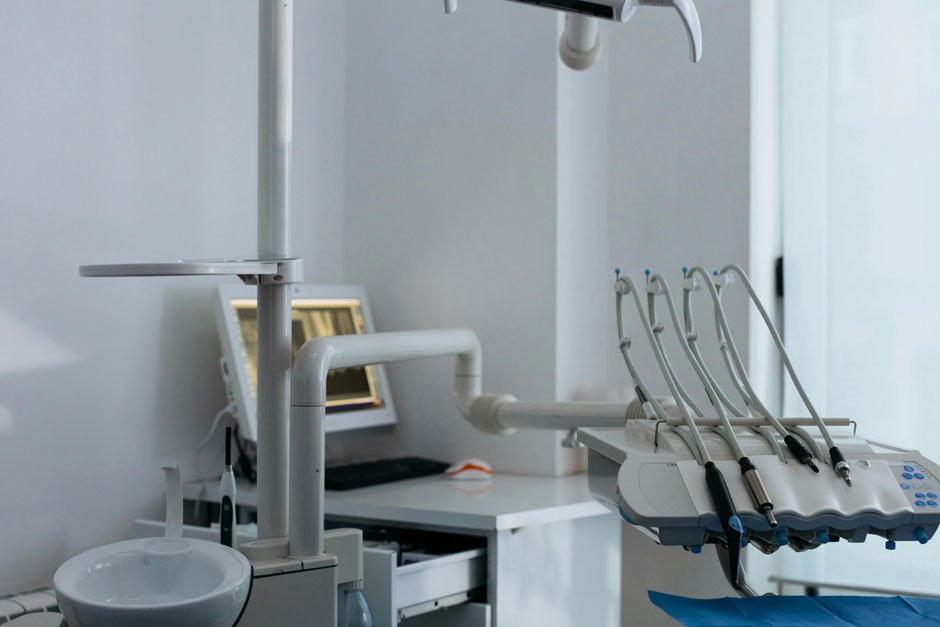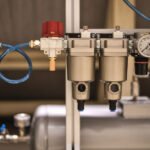The Evolution of Dental Handpieces: From Manual Tools to Modern Tech

Dentistry has come a long way since the days of hand-cranked drills and slow, manual tools. What once required great effort and patience has now become a field of precision, speed, and comfort—both for the dentist and the patient. The evolution of dental handpieces tells an inspiring story of how technology continues to reshape dental care, making treatments faster, more efficient, and far more comfortable.
A key part of this transformation lies in advancements in cutting and shaping tools. Modern innovations such as Diamond Burs have revolutionized the precision and quality of dental procedures. With their exceptional strength, sharpness, and durability, these burs allow dentists to achieve smoother finishes and more controlled cutting. They’re an excellent example of how far dental instruments have evolved from traditional tools.
From Manual Labor to Mechanical Ingenuity
In the early days of dentistry, practitioners relied entirely on hand instruments. Tools like chisels, excavators, and manual drills required significant physical effort, and even simple procedures could take an uncomfortable amount of time. Patients often endured long, painful treatments because the available instruments lacked speed and accuracy.
The first major breakthrough came in the 19th century with the invention of the pedal-powered dental drill. It allowed dentists to perform more consistent cutting, but the process was still time-consuming. Then came the introduction of electric handpieces in the early 20th century, which completely changed the game. Dentists could now work faster, with less vibration and greater control.
The Birth of the Air Turbine
The air turbine handpiece, introduced in the 1950s, marked a turning point in modern dentistry. Powered by compressed air, it could rotate at incredibly high speeds—sometimes over 300,000 revolutions per minute. This advancement significantly reduced procedure times and minimized patient discomfort.
Air turbines also improved precision, making it easier to perform delicate restorations and complex cavity preparations. With lighter, more ergonomic designs, dentists could maintain better control during long procedures.
Advancements in Material Science
While handpieces became faster and more efficient, the development of compatible cutting instruments evolved just as rapidly. Manufacturers began creating burs from stronger materials like carbide and diamond to keep up with the increasing rotational speeds.
Diamond burs, in particular, became an industry standard due to their ability to provide fine, precise cuts and excellent durability. Their use reduced friction and heat generation, minimizing the risk of tissue damage during procedures. This leap in material science didn’t just improve the efficiency of handpieces—it elevated the overall standard of care.
The Age of Electric and Smart Handpieces
Today’s electric handpieces combine high speed with torque control, offering even more consistency. Unlike traditional air turbines, electric models maintain steady power regardless of pressure, giving dentists greater precision in delicate areas. Many also include noise-reduction technology, making dental visits less intimidating for patients.
Modern systems are also integrating digital monitoring and feedback features. Some smart handpieces track torque, speed, and pressure, automatically adjusting performance for safety and efficiency. This intelligent technology helps prevent instrument wear and ensures consistent cutting results.
Ergonomics and Patient Comfort
Beyond technology, modern handpieces are designed with both dentist and patient comfort in mind. Lightweight materials, anti-vibration features, and improved grip designs reduce hand fatigue during long procedures. For patients, the quieter operation and smoother feel of high-end handpieces make visits much more pleasant.
Sustainability and Maintenance
As dental technology advances, so does awareness of environmental impact and instrument longevity. Manufacturers now focus on producing handpieces that are easier to maintain, sterilize, and repair. Reusable components and energy-efficient systems are becoming increasingly common in modern practices, promoting sustainability without sacrificing performance.
The Road Ahead
The future of dental handpieces will likely include even more integration with digital dentistry. We’re already seeing systems that connect directly to CAD/CAM workflows and AI-assisted controls that predict maintenance needs. These innovations aim to streamline the dentist’s workflow while improving patient outcomes.
The continuous evolution of dental handpieces demonstrates how small technological improvements can lead to major leaps in care quality. From manual drills to digital smart tools, every stage of progress has helped make dentistry more precise, efficient, and comfortable.
Final Thoughts
Dentistry has evolved into a blend of science, art, and technology. The humble dental handpiece stands as proof that innovation never stops improving patient care. With the rise of materials like diamond burs and the integration of smart technology, the future of dentistry looks more advanced and patient-friendly than ever.
Last modified:

